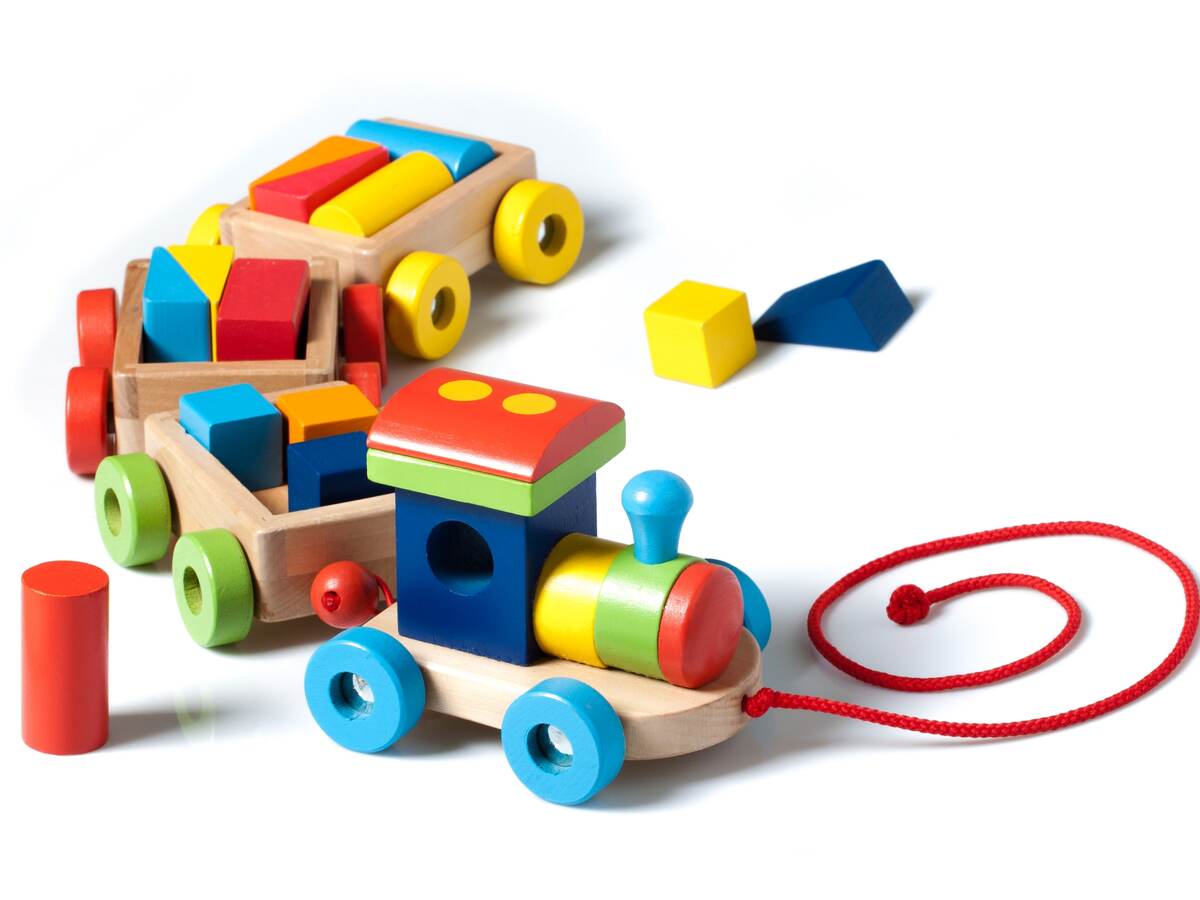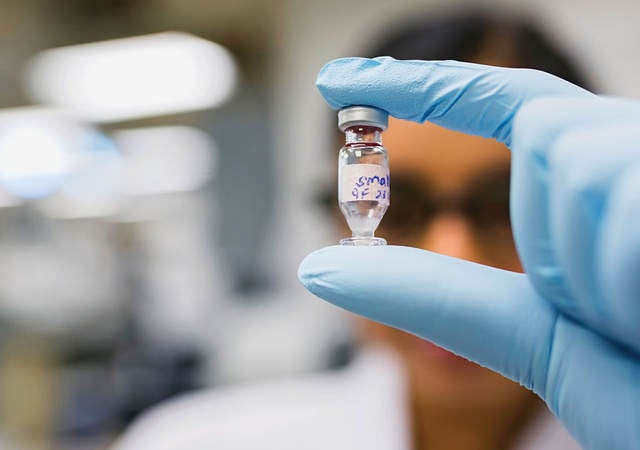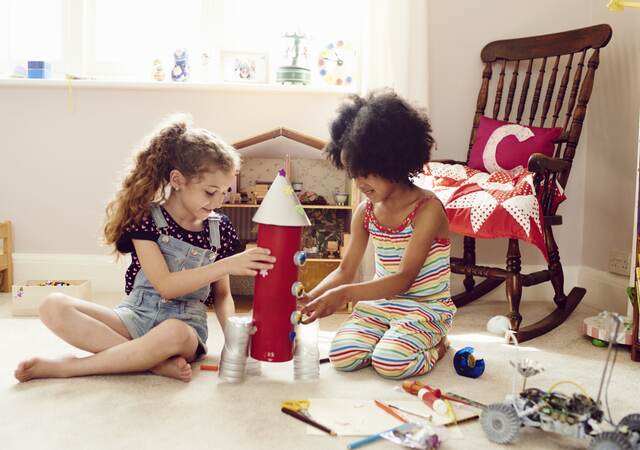November 17, 2023
ASTM International has published ASTM F963-23 Standard Consumer Safety Specification for Toy Safety.
This specification covers requirements and contains test methods for toys intended for use by children under 14 years of age. Different age limits for various requirements will be found in this specification. These limits reflect the nature of the hazards and the expected mental or physical ability, or both, of a child to cope with the hazards.
This specification does not cover product performance or quality except as related to safety.
It is important for companies to test to the current version of ASTM F963. They can start testing to the 2023 version, but it is not official until the U.S. Consumer Product Safety Commission (CPSC) has notified the agency within 90 days, and then the revision becomes mandatory 180 days later. This is anticipated in mid-April 2024.
ASTM F963 was updated to the 2023 version. It includes updates on:
- Heavy elements in toy substrates
- Phthalates
- Acoustics
- Batteries
- Expanding materials
- Labeling requirements
- Drop test
- Projectiles
- Bow and arrow testing
Heavy elements in toy substrates – Certain materials are considered exempt and this update is to solidify that they are not needed to undergo routine testing and certification. The exemption for testing of paper and paperboard was also called out as its own entry.
Phthalates – The previous entry of 3% DEHP limitation in pacifiers, rattles, and teethers has been withdrawn. The revision is now congruent with the federal requirement (16 CFR 1307).
Acoustics – This section amends definitions for push or pull toys and tabletop, floor, or crib toys to clarify the difference between them. The standard now clearly defines that push or pull toys are used at a distance of greater than 24 inches, whereas tabletop, floor, or crib toys are up to 24 inches, but are not “close-to-the-ear" toys. Previous versions of the standard have also made note of the fact that testing distance is not the same as use distance. Appropriate adjustments have been made to ensure the sound pressure level at the ear is acceptable. Specific test methods were also indicated to improve testing repeatability. A maximum A-weighted (LAFmax) south pressure level has been clarified for push or pull toys.
Batteries – To be in line with Reese’s law, which became Federal law in 2022, certain changes were needed. The definition of “tool” was changed to “common household tool,” and to be in line with this, “simple household tools” was changed to “common household tools.” Additionally, the requirements were extended to include toys for children over 96 months of age, as those toys did not have any requirements. A fastener must also be included so that battery compartment doors do not come off. There is also an allowance for a mechanism to fasten the battery compartment that is specific to the manufacturer.
Expanding materials – When the initial requirement was added in 2016, the thought was that items that are small enough to be choking hazards that expand could enlarge and become possible intestinal blockages if swallowed. Since the original requirement came into effect, items that are not small parts but also create the same hazard were identified. The revision addresses these items.
Labeling materials – A current federal labeling requirement is added to the standard.
Drop test – The referenced document for tiles to be used was updated, so this revision replaces the Federal Specification SS-T-312B (which has been withdrawn) with ASTM F1006-04.
Projectiles – A note regarding the conditions in which the equipment is to be stored was removed. This is because there are no storage conditions for other testing performed in ASTM F963. Similarly, ISO 8124 and EN71 do not include these storage requirements. No effect is anticipated for test results deleting the note.
Bow and arrow testing – The testing for bow and arrows was rearranged to a process that makes more sense. Additionally, requirements for the amount that the string of the bow and arrow can be stretched were implemented. Because the purpose of the test is to determine the velocity of the arrow, it does not make sense to have the bow and/or bowstring stretched beyond its limit.
UL Solutions recommends updating testing to the 2023 version when you are ready. Although there is no definitive date yet as to when testing will be required, it is helpful if you are prepared. There will be a transition period when the CPSC accepts the standard.
UL Solutions can support global retailers, brands and manufacturers to market their compliant, quality toys faster, starting from the initial stage of the product development process.
Our high-tech, global accredited laboratories offer a wide portfolio of testing services and can perform evaluations according to global mandatory standards and regulations. This portfolio includes chemical and microbiological analysis, physical-mechanical, flammability and electrical testing, assistance with governmental-mandated documentation, and much more.
Whether you need to access the North American, European or Asian markets, or any other market in the world, we can help.
We know how important it is for your business to avoid duplication of efforts and save costs and time by working with a partner to help achieve your goals in launching compliant, quality products on the market.
Our global team of experts and worldwide network of testing laboratories offer you a variety of services to help increase consumer confidence in your products, including in the safety of toys.
Source
Get connected with our sales team
Thanks for your interest in our products and services. Let's collect some information so we can connect you with the right person.




